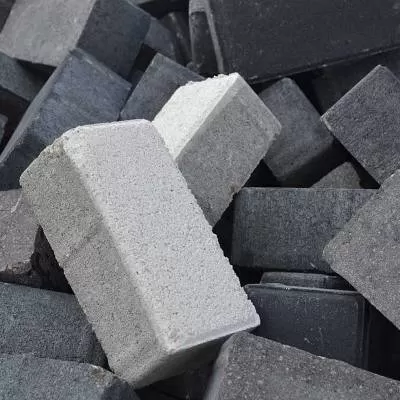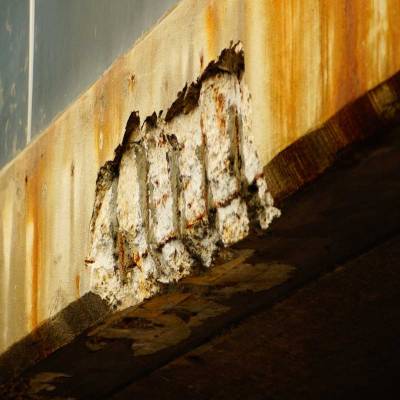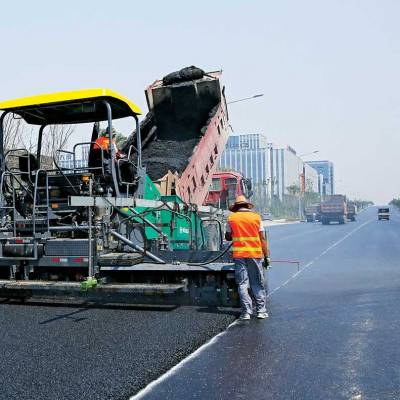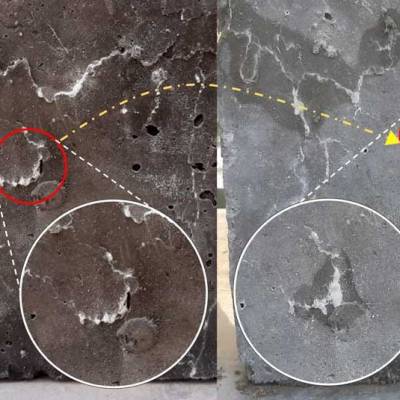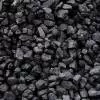- Home
- Building Material
- Concrete
- Expansion Joints
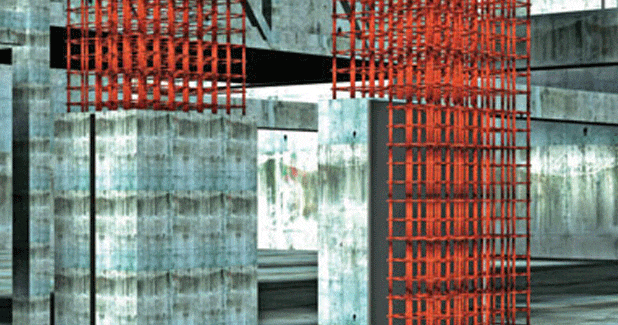
Expansion Joints
The term expansion joints refers to the isolation joints provided within a structure to permit the separate segment of the structural frame to expand and contract in response to temperature changes without adversely affecting the structural integrity or serviceability. The need for expansion joints in buildings may be determined initially on an empirical basis. If the designer deems the results to be too conservative or if the empirical approach is not sufficiently comprehensive to be applicable to the type of structure being investigated, a more precise analysis should be undertaken. The subject of expansion joints in the construction of concrete highways has been considered controversial by many; however, there are really only a few important areas of disagreement among those who understand the basic engineering principles involved.
The necessity
Anyone familiar with the coefficient of expansion of concrete realises the necessity of providing adequate expansion joints; also the necessity to eliminate intermediate cracks by creating planes of weakness to predetermine the location of contraction cracks. To lower the cost of concrete highway construction, some engineers have been using only sawed joints, completely disregarding the important function of properly spaced through expansion joints. The role of expansion joints is criticial in roads and buildings, the second largest activity in the economy after agriculture. Supreme Industries has developed customised solutions specifically for the construction requirement of various sectors.
Filler board
Supreme´s DURAboardHD100, DURArods and DURAsilstrip cater to the need of a building or road structure, assuring the structure with great bonding. Supreme´s DURAboardHD100 is a crossed-linked, pre-moulded, high performance joint filler board, which is readily compressible and ensures low load transfer. This structural expansion joint application can be used in concrete brick and block work; it also helps isolation to fill its gap and works as a back-up supporter for sealant. It can be used for the expansion joints in concrete highway, taxi tracks and most importantly in airport runway. This product comes with closed cell, have excellent chemical resistance, thermally stable (ranges from -40° C to+70° C), most importantly - bitumen-free and rot-proof and bacteria resistance. DURAboardHD100 is available in thickness ranging from 8 mm to 100 mm sizes.
Stronger bonding
Supreme´s DURArods is a closed-cell polymer based circular profile, which ensures stronger bonding of sealant with masonry, aluminium or other substrates and helps to maintain desired thickness of sealant at the joint´s centre. It does not bond with cold applied sealants. The product can be used in applications like pre-cast panel joints, coping joints, contraction joints, expansion joints, glazing joints as well as isolating joints, and window and door frame parameters. Meanwhile, DURArods works as a back-up to sealant in structural glazing systems.
The product is available from 6 mm to 60 mm size. It offers closed cell, hence negligible water or moisture absorption; excellent chemical resistance - inert to most acid and alkalis and cost-effective space filler. It also allows unrestrained expansion and contraction of sealant while eliminating bubbling of sealant.
Bond breaker
DURAsilstrip is a bond breaker. The product is a closed cell, compressible polymer-based material (paper) backed on one side as per IRC: 57-2006-6.3 and 6.4. DURAsilstrip ranges from 2 mm to 12 mm size. Also, other sizes are available on request. The product works as a bond brakes between any cold applied sealant and fourth surface in contraction or expansion joints. This also works as a back-up to cold applied sealants - to be precise - in concrete road. The product has compressible and flexible joint movements along with non-staining. All structures move by necessity to avoid buckling, which could cause structural failure.
(Communication by the management of the company)
Supreme Industries has developed customised solutions specifically for the construction requirement of various sectors. The term expansion joints refers to the isolation joints provided within a structure to permit the separate segment of the structural frame to expand and contract in response to temperature changes without adversely affecting the structural integrity or serviceability. The need for expansion joints in buildings may be determined initially on an empirical basis. If the designer deems the results to be too conservative or if the empirical approach is not sufficiently comprehensive to be applicable to the type of structure being investigated, a more precise analysis should be undertaken. The subject of expansion joints in the construction of concrete highways has been considered controversial by many; however, there are really only a few important areas of disagreement among those who understand the basic engineering principles involved. The necessity Anyone familiar with the coefficient of expansion of concrete realises the necessity of providing adequate expansion joints; also the necessity to eliminate intermediate cracks by creating planes of weakness to predetermine the location of contraction cracks. To lower the cost of concrete highway construction, some engineers have been using only sawed joints, completely disregarding the important function of properly spaced through expansion joints. The role of expansion joints is criticial in roads and buildings, the second largest activity in the economy after agriculture. Supreme Industries has developed customised solutions specifically for the construction requirement of various sectors. Filler board Supreme´s DURAboardHD100, DURArods and DURAsilstrip cater to the need of a building or road structure, assuring the structure with great bonding. Supreme´s DURAboardHD100 is a crossed-linked, pre-moulded, high performance joint filler board, which is readily compressible and ensures low load transfer. This structural expansion joint application can be used in concrete brick and block work; it also helps isolation to fill its gap and works as a back-up supporter for sealant. It can be used for the expansion joints in concrete highway, taxi tracks and most importantly in airport runway. This product comes with closed cell, have excellent chemical resistance, thermally stable (ranges from -40° C to+70° C), most importantly - bitumen-free and rot-proof and bacteria resistance. DURAboardHD100 is available in thickness ranging from 8 mm to 100 mm sizes. Stronger bonding Supreme´s DURArods is a closed-cell polymer based circular profile, which ensures stronger bonding of sealant with masonry, aluminium or other substrates and helps to maintain desired thickness of sealant at the joint´s centre. It does not bond with cold applied sealants. The product can be used in applications like pre-cast panel joints, coping joints, contraction joints, expansion joints, glazing joints as well as isolating joints, and window and door frame parameters. Meanwhile, DURArods works as a back-up to sealant in structural glazing systems. The product is available from 6 mm to 60 mm size. It offers closed cell, hence negligible water or moisture absorption; excellent chemical resistance - inert to most acid and alkalis and cost-effective space filler. It also allows unrestrained expansion and contraction of sealant while eliminating bubbling of sealant. Bond breaker DURAsilstrip is a bond breaker. The product is a closed cell, compressible polymer-based material (paper) backed on one side as per IRC: 57-2006-6.3 and 6.4. DURAsilstrip ranges from 2 mm to 12 mm size. Also, other sizes are available on request. The product works as a bond brakes between any cold applied sealant and fourth surface in contraction or expansion joints. This also works as a back-up to cold applied sealants - to be precise - in concrete road. The product has compressible and flexible joint movements along with non-staining. All structures move by necessity to avoid buckling, which could cause structural failure. (Communication by the management of the company)


